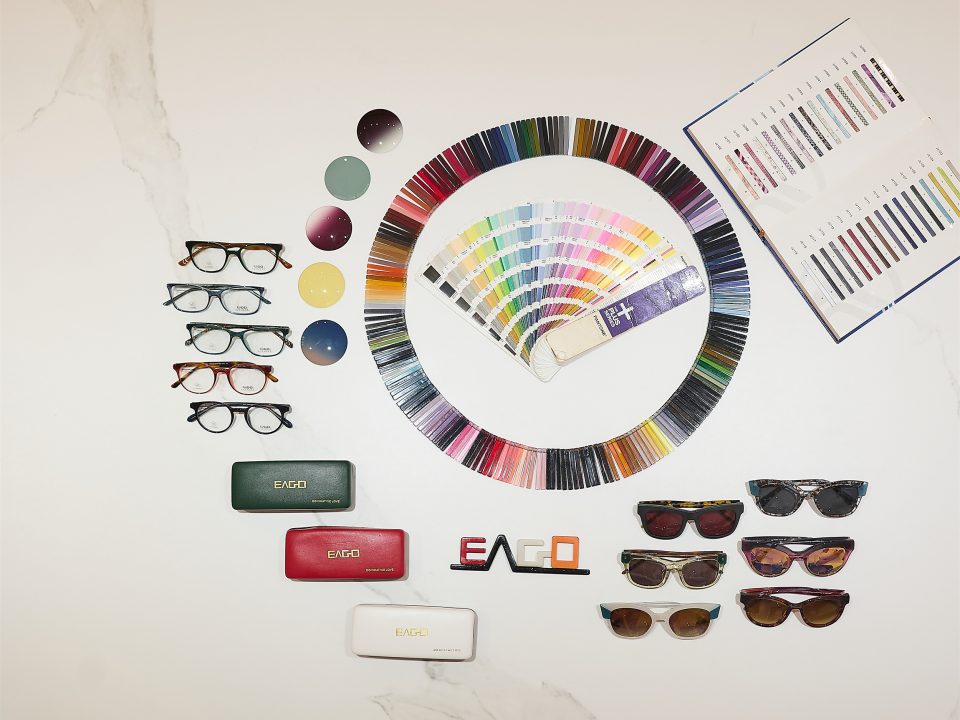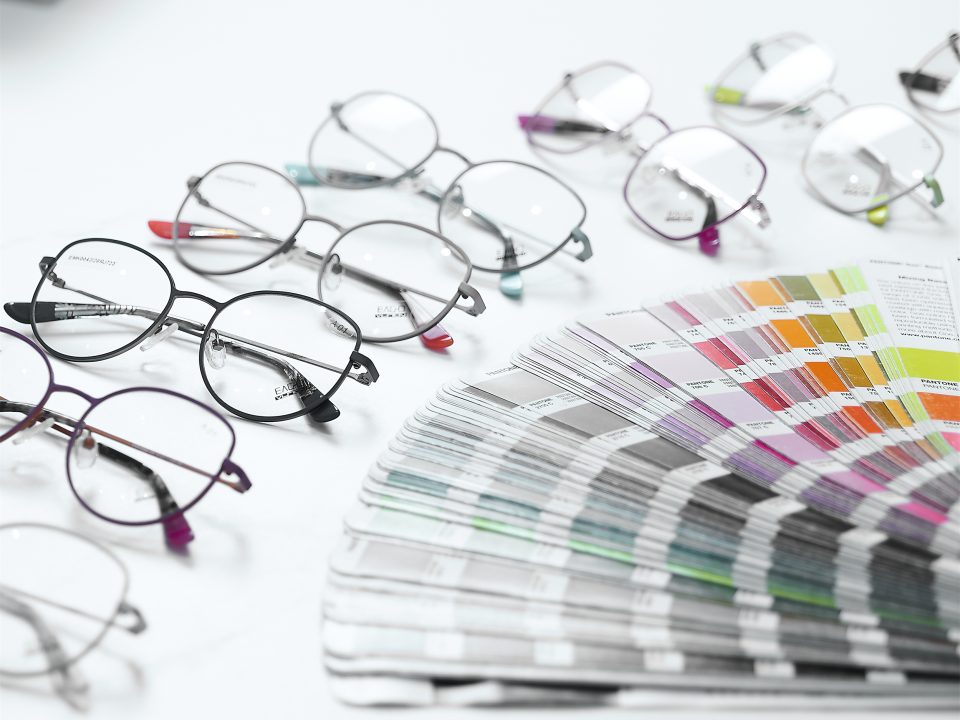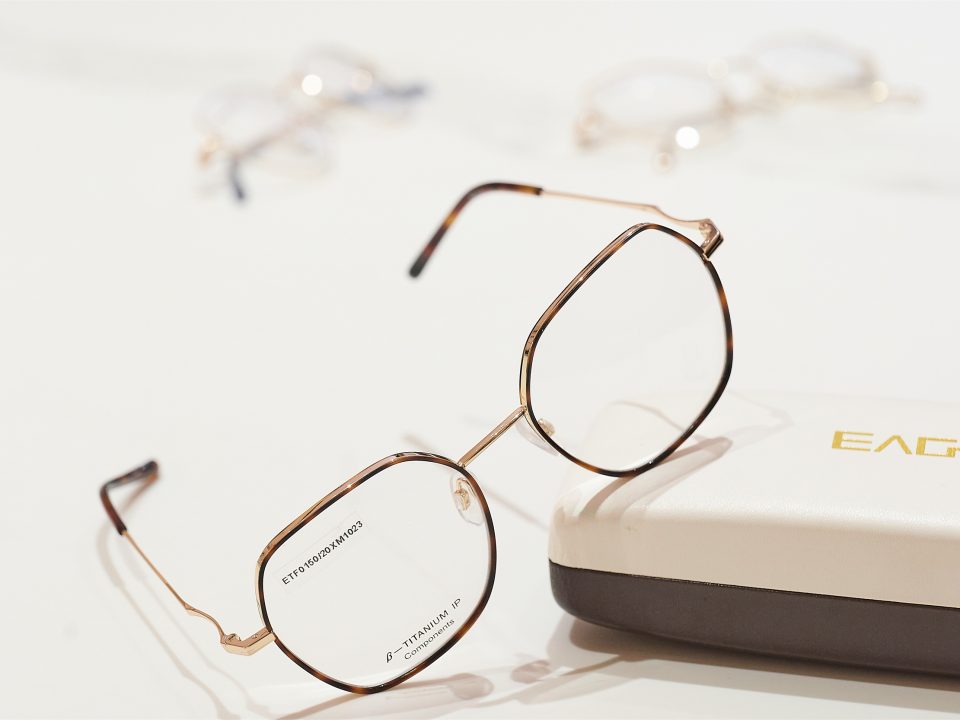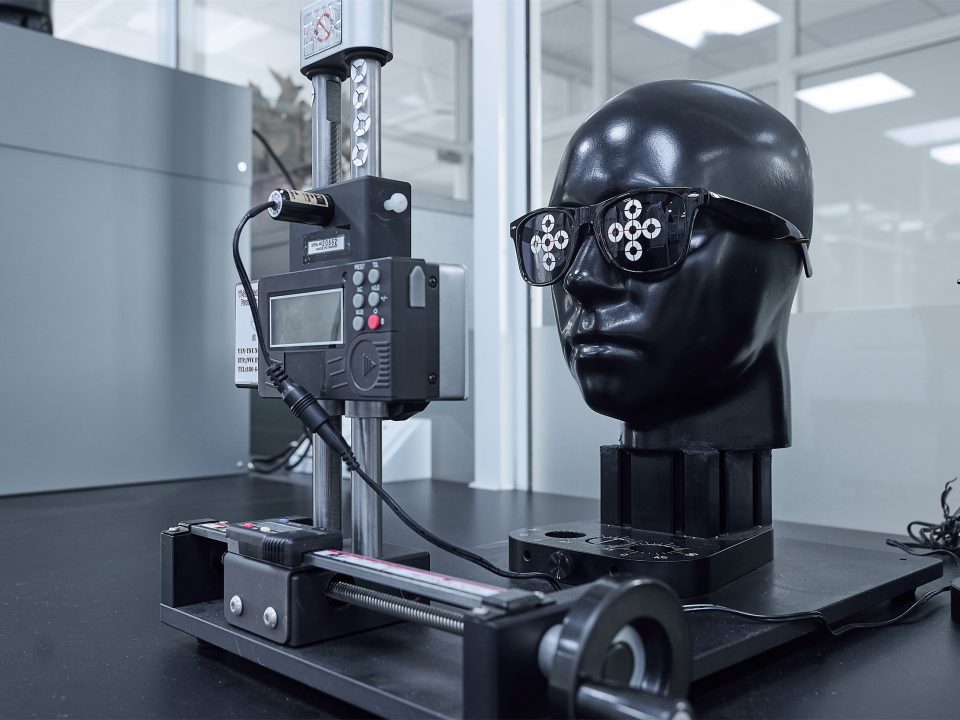The latest developments in lens technology have resulted in improved, lighter, thinner, and more comfortable spectacles. While selecting new glasses, we often concentrate on the frame, but selecting the appropriate lenses is as crucial. Modern lenses come in a variety of fashionable and entertaining styles and have improved optics. Choose the lens material that best suits your requirements by consulting with your eye care professional. There are several kinds of lenses available in the market. Let’s take a look at them.
Lens materials come in two varieties: glass and plastic.
Glass
When it came to glasses, glass was the first material to be used and, for a long while, the only choice. Though they are less impact-resistant and heavier than plastic lenses, glass lenses provide excellent vision correction and are scratch-resistant. Glass lenses may be strengthened with protective coatings, but they are still susceptible to breaking when dropped or struck. As such, youngsters, anyone requiring safety eyewear, and athletes are not advised to use glass lenses.
CR-39 Plastic
Glass is heavier and less impact-resistant than hard resin, which is why CR-39 plastic is most often used for contact lenses in spectacles. A scratch coating placed during production increases the lenses’ resistance to scratches since the CR-39 surface is softer than other materials. However, with CR-39 lenses, strong farsighted prescriptions have thick centers, while strong nearsighted prescriptions have thick edges.
High Index Plastic
Nowadays, new plastic materials are able to bend light more efficiently than old CR-39 lenses. Comparing high-index lenses to regular plastic or glass lenses reveals several benefits. Because of their denser resin composition, high nearsighted prescriptions are lighter, thinner, and flatter. This gets rid of the “bug-eye” appearance for high-farsighted prescriptions and the thick “coke bottle” appearance for highly nearsighted prescriptions. These lenses are more aesthetically pleasing, enhance peripheral vision, and block UVA and UVB rays. Less curvature is required since the material bends light more, which results in lighter lenses. High-index lenses should have both an anti-reflection and a scratch-resistant coating for optimal performance and clarity. Here’s a basic rule of thumb: the lens becomes narrower the higher the index number.
Aspheric Plastic
For stronger prescriptions, aspheric lenses provide advantages in terms of appearance and vision. Aspheric lenses, in contrast to ordinary spherical lenses, progressively flatten from the center to the edge. This lessens peripheral distortion, thins the lens, and enhances overall vision. When prescribed for high farsightedness, the eyes seem more natural rather than enlarged, like “bug eyes.” Strong nearsighted prescriptions result in thinner, lighter lenses for the wearer. High-index materials may also be used to create aspheric lenses, making them even smaller and more aesthetically pleasing.
Polycarbonate
These lenses include a built-in UV filter and are very impact-resistant. Polycarbonate lenses may shield the healthy eye from impact injury if one has vision problems. They are the greatest option for sports glasses, industrial safety, and kids. Polycarbonate is a high-index material that is thinner than CR-39 lenses. To preserve the surface and increase the lifespan of the lens, they should always have coatings that are resistant to scratches on both sides.






